The Volunteer Archivists tells the story of Srujanika, a volunteer-led collective in the Indian state of Odisha that archived some of the rarest printer publications published in the last 200 years. The archive — Odia Bibhaba — now houses over 10,000 books and hundreds of magazines, newspapers, and dictionaries that otherwise would have been lost forever due to collective negligence and the poor state of digitization by the state archives.
Related Movies
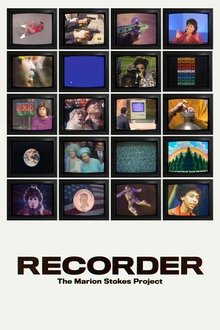
Recorder: The Marion Stokes Project (2019)
Marion Stokes secretly recorded television 24 hours a day for 30 years from 1975 until her death in 2012. For Marion taping was a form of activism to seek the truth, and she believed that a comprehensive archive of the media would be invaluable for future generations. Her visionary and maddening project nearly tore her family apart, but now her 70,000 VHS tapes are being digitized and they'll be searchable online.
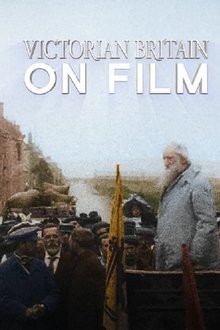
Victorian Britain on Film (2021)
Offers audiences a unique window into a bygone era when a thrilling new invention, the motion picture camera, first captures a nation on film.
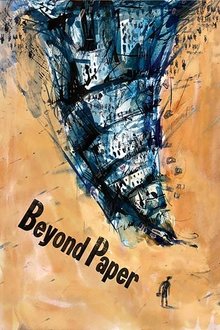
Beyond Paper (2022)
At a critical moment in the history of the written word, as humanity’s archives migrate to the cloud, one filmmaker goes on a journey around the globe to better understand how she can preserve her own Romanian and Armenian heritage, as well as our collective memory. Blending the intellectual with the poetic, she embarks on a personal quest with universal resonance, navigating the continuum between paper and digital—and reminding us that human knowledge is above all an affair of the soul and the spirit.
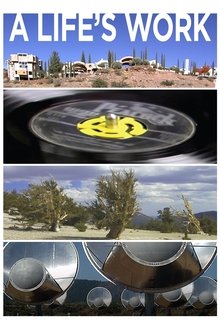
A Life's Work (2020)
What’s it like to dedicate your life to work that won’t be completed in your lifetime? Fifteen years ago, filmmaker David Licata focused on four projects and the people behind them in an effort to answer this universal question.

Nani Ma (2022)
Musamoni Panigrahi (1920s–2017), fondly called “Nani Ma” by her neighbours, appears in the centre of this first film in the Baleswari dialect of India's Odia language. The story revolves around folklore and folk songs narrated by Nani Ma. Born in the 1920s in pre-independent rural India in a coastal village in the Balasore district of Odisha, she never got to go beyond the first few days of school. The film is an alternate history of a society broken through colonization, Brahminical patriarchy and a post-famine (Orissa famine of 1866, killing nearly 5 million people, one-third of the population), and the dominance of formal writing over spoken tongues. Three academics -- Damayanti Beshra, PhD (recipient of India’s fourth civilian award, “Padma Shri”), Panchanan Mohanty, PhD (noted linguist), and Laxmikanta Tripathy, PhD, DLitt (anthropologist and author) -- also appear in the film to provide contextual commentary on patriarchy, oral history and the sociolinguistic diversity.

The End of Memory (2015)
Each day, some 2.5 trillion bytes of data are exchanged, a deluge known as "big data." How can we classify, store, and give meaning to this mass of digital information? Will our digital society remain capable of producing a lasting memory? Learn the fate of memory storage in the future.

Adrushaya (2024)
A gentle conversation between the village of Podampeta and the Divine, exploring its existence as a to-be distant mark of the past.

Resurrecting Sinistar: A Cyber-Archaeology Documentary (2025)
Two-years in the making, SynaMax takes viewers on a journey into the extensive cyber-archaeology research involved with restoring the source code and documenting the development history to the 1983 arcade game, Sinistar. Featuring exclusive interviews with project lead and software engineer Noah Falstein, sound engineer Mike Metz, and video game designer John Newcomer, this video offers a very comprehensive glimpse into one of the most innovative video games from the early '80s.
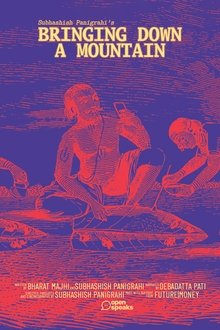
Bringing Down a Mountain (NaN)
A rural village never wanted to be a city’s landfill or a distant blur in Reels but rather home to new imaginations. Bringing Down a Mountain dissects the intersecting themes of access, abolition and caste through the experiences of residents of a rural village and that of a hyper-urban city. The film follows the village residents’ dreams—of mobile data, digital payment and relief from menial work. What happens when the landfill is full, and dreams want to break free?

Hakim Babu (1985)
A man from lower social background qualifies and gets an administration job and to match his higher social occupation, he leaves his family, friends, and fiance. But gradually he understands his mistake and returns for his people. Finally he finds his wrong decision for the mining in his village has lead to the destruction and down fall of his people and everyone lives the village and him behind alone.

Keeping Company (NaN)
A girl records her days partial to solitude, but the webcam never blinks-and time has a strange way of watching back.
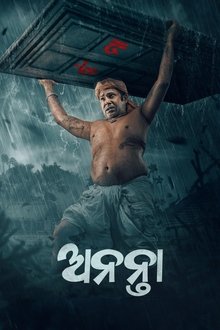
Ananta (2025)
"Randi Pua Ananta" follows the journey of Ananta, a notorious troublemaker who undergoes a remarkable transformation into a selfless hero. When a devastating flood threatens his village, Ananta makes the ultimate sacrifice to save his people, proving that redemption can come in the most unexpected ways.

Byaase Sunucha (2022)
A Carefree Artist confronts The Pioneer of Odia literature Byaasakabi Fakir Mohan, to lament about the current state of the Odia Language and how it has been looked down upon by the elites of the state. Will his voice be heard?

Stop All the Clocks: W.H. Auden in an Age of Anxiety (2017)
Thirty years after his BBC film The Auden Landscape, director Adam Low returns to the poet and his work. Following surges of popularity - from featuring in Four Weddings And A Funeral to being the poet New Yorkers turned to after 9/11 - Low reveals how Auden’s poetry helps us to better understand the 21st century and the tumultuous political climate in which we now live.

Skin and Bones (1988)
Skin and Bones gently introduce us to the world of anorexia and bulimia. The heroines of this moving film in which reality and fiction merge are called Annie, Andréanne, Hélène, Eisha. They have in common their youth and charm - as well as a terrible tendency to self-destruct.

Reconciliation (2022)
A 19-year-old woman is killed by a bullet intended for her father in the tragic culmination of a bitter family feud between her father and his cousin, who is now imprisoned for murder. Or is her death just another twist in a saga of blood revenge? In the Albanian mountains, the ancient tribal law Kanun rules, and even though the killer is behind bars, the last word in the case has not been spoken. Religious and legal authorities - like the families involved - have their own powerful and conflicting interests in the controversial law, which is a taboo both in church and modern society. The question, however, is if the young woman’s father can find the faith to not only forgive his cousin, but also reconcile himself with him and break the vicious circle once and for all? Marija Zidar’s epic drama was filmed over 5 years in an obstinate patriarchal world, on the threshold of modern times. A mountain western from the old world, from the stuff of antique tragedies.

Room Without a View (2021)
Slavery has never ended. It has just assumed other names and ways to conceal itself. Roser Corella’s film zooms in on Beirut, where the upper class on a large scale hires maids from countries such as Ethiopia, Kenya and the Philippines through agencies that advise people how to cheat and manipulate the young women to work full-time (literally) for meagre wages. An upsetting revelation, but Corella keeps a cool head and tears the inhuman ‘kafala’ system apart piece by piece. She analyses the situation in both words and images, but it is the underpaid maids themselves who provide the conclusion in the form of demonstrations, protests and demands for proper working conditions. ‘Room without a View’, the title of which describes the rooms made available to the women, combines an artistic and an investigative approach to its exposition of the abominable monster that is modern slavery. A film that is highly topical in all parts of the world - unfortunately.

She Had a Dream (2021)
25-year-old Ghofrane dreams of becoming a politician and having an influence on the future of Tunisia. As a young black woman from the working class, it is a dream that requires stamina – and she has plenty of it. Raja Amari’s film follows her up to the election in 2019 when she is on the streets to gather votes and give especially young people renewed faith in democracy in a polarised society plagued by racism and inequality. A smaller film might turn a blind eye on realism in favour of a good story, but here both Ghofrane nor Amari are aware of the exhausting struggles that have to be overcome before she can bring about the change she so fervently longs to see happening. An inspiring film about a true idealist and a rich image of a society full of contrasts.

